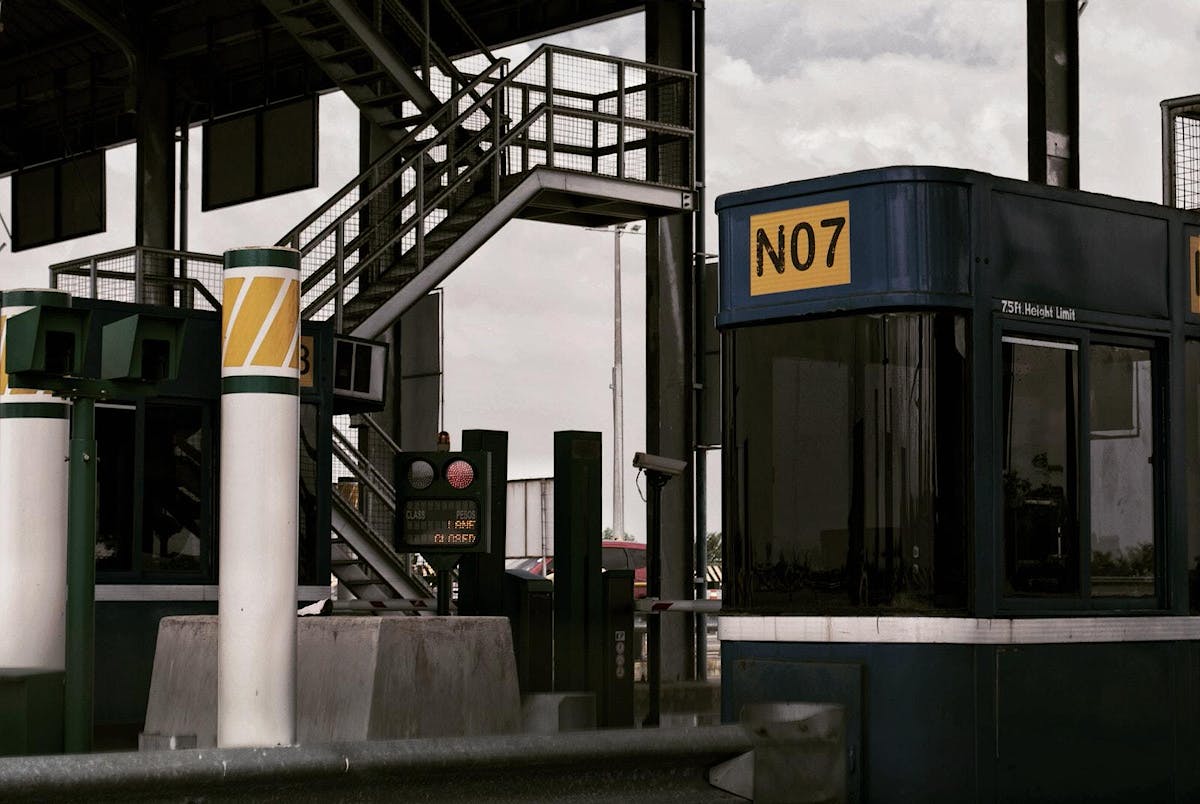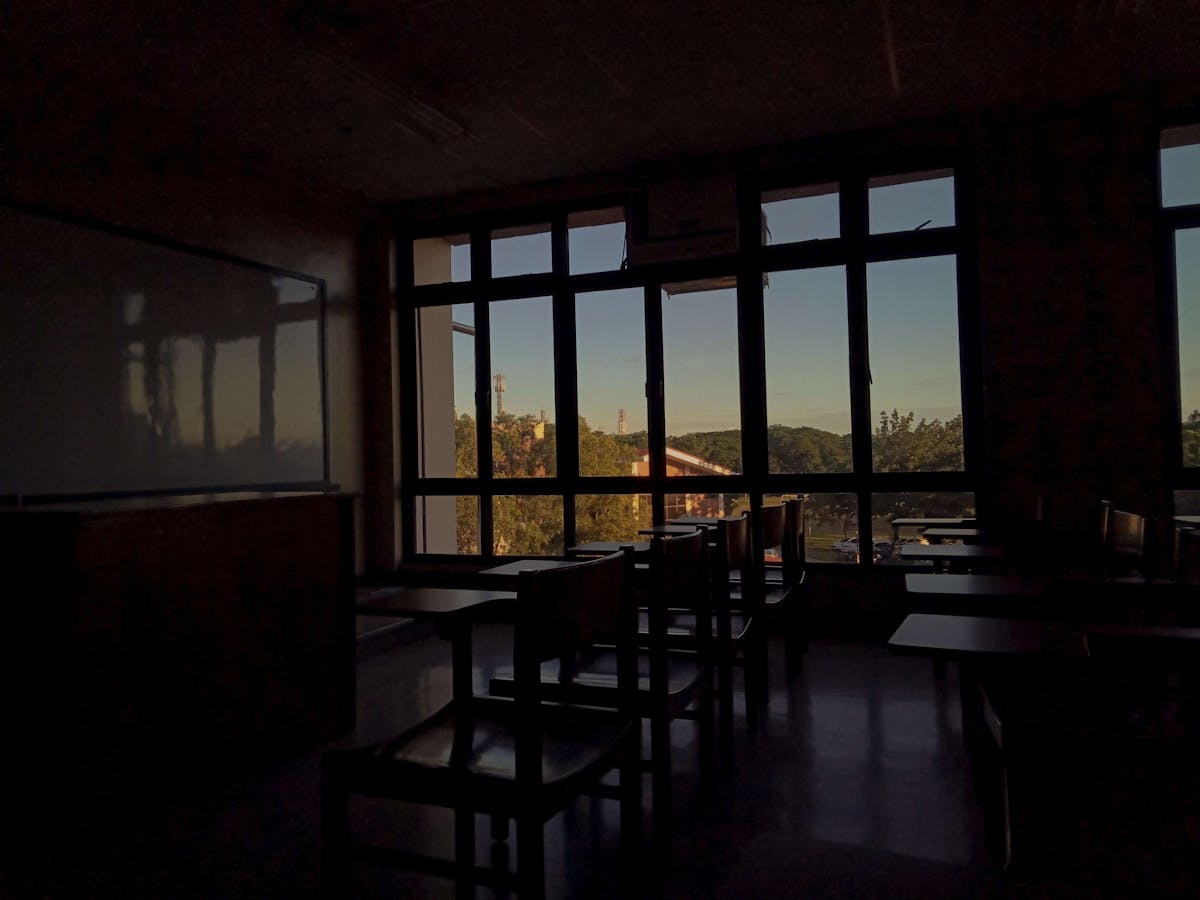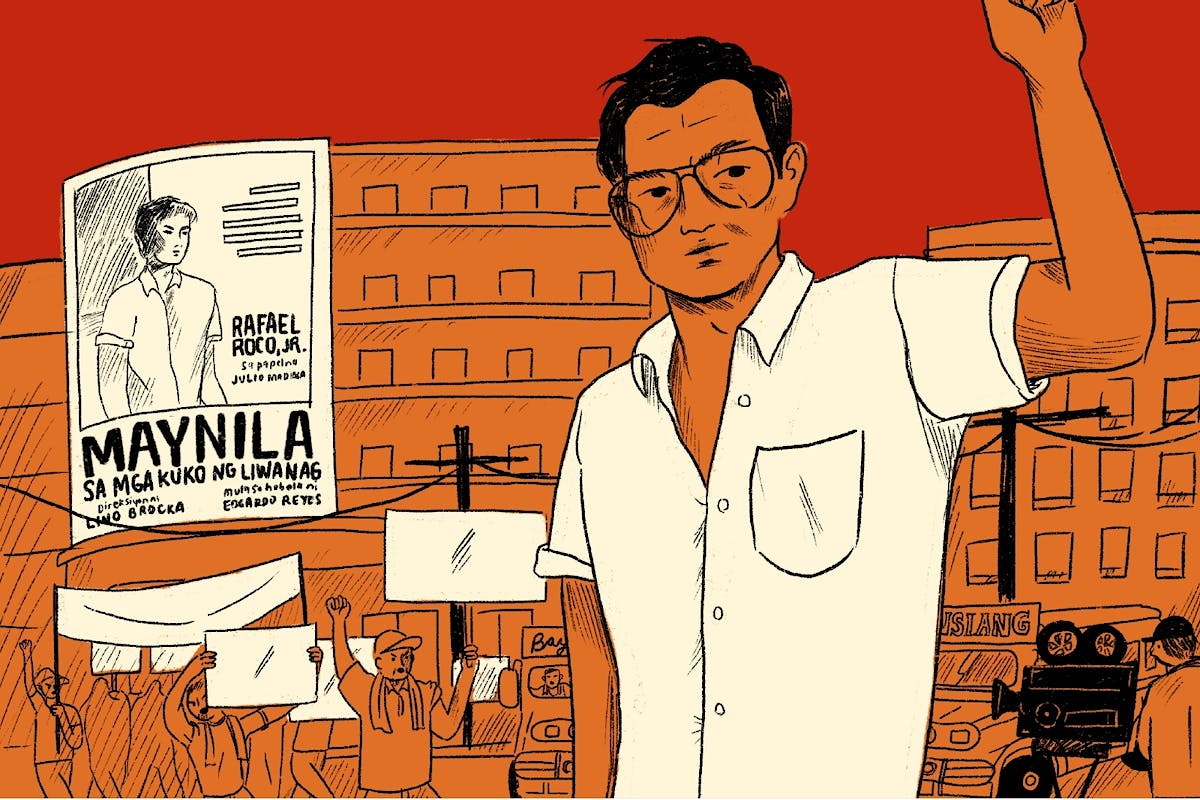
Our Way Forward
COVID19 New Ways of Working: The Distributed Workplace
These are indeed interesting times.

These are indeed interesting times.
We used to complain about traffic and the long commutes to and from work. Now, we have to worry about starting the car once every two (2) weeks to ensure it still works.
We used to complain about the long lines to catch a ride or the lack of parking. Now, we can go from bed to meeting in a few seconds. I am sure a few of us have saved on fare, toll, and parking fees.
We used to complain about not spending enough time with our families. Now, we can have family meals together: breakfast, lunch, and dinner. We also pray together. It does feel like life in a monastery.
We used to complain about not seeing our beds enough. Now, we are tempted by it all day everyday.
We used to complain about the noise. Now, we are bombarded with a different kind of noise. Kids playing or pets seeking attention. Sometimes, the occasional chicken and goat sounds.
We used to complain about a lot of things. Now, we still complain. But, about different things.
In this time of COVID19, are we still complaining about these things? Amidst the sickness and disruption, this enhanced community quarantine (ECQ) has brought about many changes in the way we work. For many of us, it has pushed us towards a distributed workplace.
A distributed workplace is one where the employees are located in different locations instead of a traditional centralized office. In the case of this quarantine, these distributed workplaces are our very homes.
Over 15 years ago, my company (MDI Novare) needed to provide a business continuity plan (BCP) for a particular customer. At that time, we were not a very large company. But, we needed to comply with the customer’s stringent business continuity requirements. We designed a work from home (WFH) centric BCP plan. This WFH BCP is now how we work today. Over 90% of the company’s over 600 employees are working from home. Today, as a leading Philippine technology provider, we provide services to many customers that are considered essential in this time of COVID19 from telecommunications, banking and finance, power, water, media, and other key industries. These customers count on us to keep their technology lights on.
After designing this 15 years ago, we could not have imagined we would actually be in a position to use it. At that time, nagtitipid lang po kami. Mahal kasi mag-provision ng secondary site. We had to find creative ways of fulfilling the BCP requirements. As technology people, we naturally ran to technology for the solution.
Here are the five (5) major areas that allowed us to fully implement a WFH plan:
- Internet. The Internet has allowed us to connect every employee's household into a large virtual office. This provides the backbone for us to continue doing our work. This network of networks has provided the necessary connectivity that binds us all. It still needs improvement in some areas. If this pandemic happened 20 years ago then we would all be stuck with a few hours of 56 kbps dial up Internet, mobile phone call minutes, and a handful of SMS messages. Try working from home with that. And yes occasionally, we could be cursing as the ISP dial-in modem banks could be busy due to the increased volume. But, it has come a long way from the slow dial-up modems of the 90s.
- Cloud. Many decisions with respect to systems were hinged in making our WFH BCP doable. This is why the majority of our key business applications are cloud based software as a service or deployed in cloud platforms (whether on-premise or public). As a software shop, we have put our CI/CD tools and pipelines in cloud infrastructure as well. Our telephony and remote access tools are all software based. Everything is online. 20 years ago, web and application hosting was starting to emerge but was not mainstream yet. So imagine the solution would likely be virtual private networking (VPN) into corporate networks. Yes, over dial-up. If it were available it would be a painful experience. .
- Security. Pre-Covid19, the biggest concern with remote work has always been the balance between accessibility and security. Hence, the use of secure remote access tools like SSL Virtual Private Networking (SSL VPN), Software-defined Wide Area Networks (SDWAN), Virtual Desktop Infrastructure (VDI), and Remote Desktop Service (RDS) for certain use cases. Securing critical workstations and laptops with technology with Endpoint Detection and Response (EDR) and Mobile Device Management (MDM) technology. We apply security tools where we see gaps and where it makes sense. 20 years ago, it was a major pain installing VPN software and they were normally pre-installed into hardened corporate laptops. Due to the rush implementation of the quarantine, I could imagine many people not having these tools ready. Imagine Mr. CTO watching the news and suddenly tasked to get the company ready for work from home over a weekend.
- Collaboration. A major challenge with WFH is that it is distributed in nature. There are challenges with respect to communications and coordination. At the same time, this same distributed setup is what makes WFH so resilient and makes it an ideal BCP. That is why we have tools like Internet conferencing tools, digital workplace, cloud drives, cloud email, and groupware technology to help us with that. It has been an acquired taste for some of us. But, I could see that adoption has significantly improved. With these tools, we provide significant venues for human interaction in this time of social distancing. 20 years ago would have been pre-Facebook and cloud groupware like GSuite, Microsoft o365, Slack, and Facebook Workplace. These would not have existed yet. Many would be accessing corporate emails via VPN over dial-up or using services like Hotmail. Remember Hotmail?
- And last but not the least - People. We are human after all. Adaption, change management, and even managing cabin fever are all things we have to deal with in this transition. After all, it is not all about technology. 20 years ago, we would not have the same level of technology. The WFH would be limited to even fewer people than today. And yes to keep our sanity there was no Netflix, social media, or major Internet gaming services. Just dial-up ones. Imagine the conflict at home fighting over the phone line.
Even as the technology is available. There is a still lot more uncertainty about the future given an open ended quarantine end date. But consider, this is the state of a large part of our population. Some of our countrymen and businesses have a level of technology and access 20 years ago. However, I believe people are resilient and will continue to find ways.
Are these measures only applicable during pandemic times?
What will happen post-ECQ? This is not likely going to be the only incident where we actually have to do a lockdown in the future. I firmly believe that we will not fully go back to the way we used to work. In fact, all of these technologies already existed pre-quarantine. The quarantine has forced us to make the changes that previously inhibited adaption of some of these measures. The quarantine has forced us to take the leap.
At least, I foresee that WFH will be a viable BCP strategy moving forward. I also foresee that companies will explore a certain degree of co-working, hotelling, distributed office, and remote work for an ever increasing portion of their workforce. This is a middle ground between full work from home and a centralized office. I foresee that businesses will increasingly adapt their offerings to digital channels. Those that were on the fence would be quickly making moves to do it now.
The future of the workplace is distributed. It will not happen overnight. It will likely start out with a few naturally distributed lines of work like sales expanding to desk-bound back office work (accounting, finance). It may also take a middle ground with increased use of co-working spaces and hotelling-type setups. It will not be extreme as a full work from home setup. But, we will be moving towards it.
COVID19 has changed the way we work. Every home is now an office.
COVID19 has changed the way we learn. Every home is now a classroom.
COVID19 has changed the way we worship. Every home is now a church.
Welcome to the new normal.

















